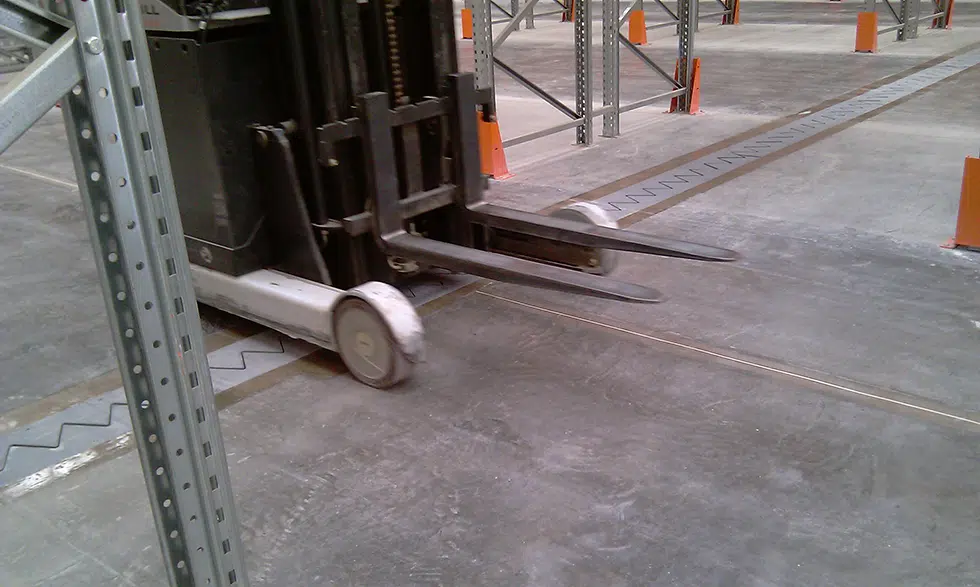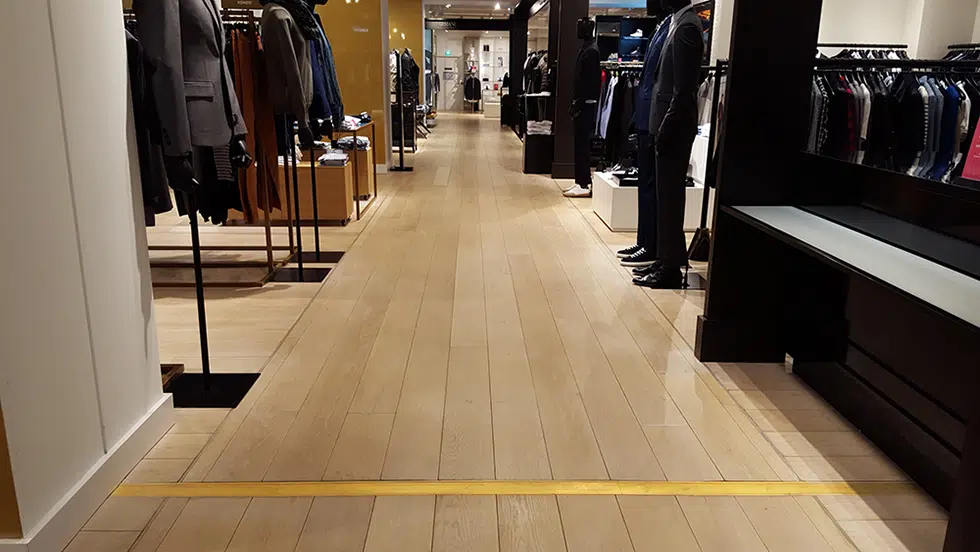Expansion joints are a major stake in the construction of large building and structures. It allows a construction to be durably protected from damages caused by movements of various origins: concrete shrinkage, expansion and contraction effects due to temperature variations, settlement of structures, movements generated by the external environment such as wind and road traffic or even earthquakes.
An expansion joint is an empty space, free of any material, between two parts of a structure. It allows each element to move freely to avoid any collision.
In this article, we will present you the 8 essential points to take into account in order to choose the most adapted expansion joint solution.

- Location and configuration
An expansion joint can be located inside or outside a building and various configurations are possible: floors, walls, facades, ceilings or roofs.
- Initial joint gap
The width of the expansion joint is the empty space between the two parts of the structure.
- Required movement capacity
Depending on the environment, different types of movements can be required: horizontal, vertical, shear or even multidirectional movement. The amplitude of these movement can vary: from standard to seismic movement capacities.
- Traffic and loads for floor joints
The selection of the joint will be made according to the type of traffic (trucks, cranes, forklifts, cars, pallet trucks, pedestrians, hard or soft wheeled machines, etc.) and to the expected loads.
- Type of installation
There are two types of joints: the surface-mounted expansion joints and the embedded expansion joints. The first is installed on finished floors (flooring already completed) whereas the second is installed before proceeding with the floor finish.
- Type of finish
Different finishes and materials are possible on an expansion joint: colour, anodising, powder-coating, stainless steel or brass caps, etc.
- Waterproofing
A membrane (VED’EPDM) can be added under the expansion joint to ensure its watertightness.
- Budget
Last but not least, an important element is the budget allocated!
For more information, please contact us.

